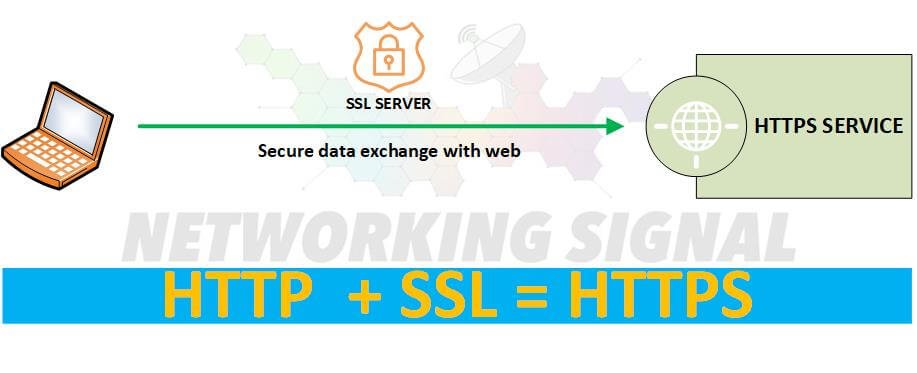What is HTTPS?
HTTPS is a secure communications protocol that allows for the exchange of information between a web server and a web browser. HTTPS uses SSL (Secure Sockets Layer) to create a secure connection between the two devices. SSL is a security protocol that encrypts data that is sent over the internet. This encryption makes it difficult for anyone to intercept and read the data that is being exchanged.
What are the Advantages of HTTPS?
There are many advantages of using HTTPS, including:
Security: One of the main advantages of HTTPS is that it is a secure communications protocol. This means that the data that is exchanged between a web server and a web browser is encrypted. This makes it difficult for anyone to intercept and read the data.
Privacy: Another advantage of HTTPS is that it provides privacy. This means that the data that is exchanged between a web server and a web browser is not accessible to anyone else.
Integrity: HTTPS also ensures that the data that is exchanged between a web server and a web browser has not been tampered with. This means that the data has not been modified in any way.
What are the Disadvantages of HTTPS?
There are a few disadvantages to using HTTPS, including:
Performance: One of the main disadvantages of HTTPS is that it can impact performance. This is because the data that is exchanged between a web server and a web browser is encrypted. This encryption can cause a slight delay in the loading of pages.
Cost: It can be more expensive than HTTP. This is because HTTPS requires an SSL certificate, which can cost money.
Where is HTTPS located?

HTTPS is located at the application layer of the OSI model. This is the layer where HTTP operates. HTTPS uses SSL to create a secure connection between a web server and a web browser. SSL is located at the transport layer of the OSI model.
What are the Differences Between HTTP and HTTPS?
- The main difference between HTTP and HTTPS is that HTTPS is a secure communications protocol while HTTP is not.
- HTTPS uses SSL to create a secure connection between a web server and a web browser. HTTP does not use SSL and is not as secure as HTTPS.
- Another difference between HTTP and HTTPS is that HTTPS can impact performance. This is because the data that is exchanged between a web server and a web browser is encrypted. This encryption can cause a slight delay in the loading of pages.
- HTTPS can be more expensive than HTTP. This is because HTTPS requires an SSL certificate, which can cost money.
Where We Can Use the HTTPS?
HTTPS can be used on any website that needs to exchange sensitive information with its users. This includes websites that collect personal information, such as name, address, and credit card number. HTTPS can also be used on websites that allow users to log in with a username and password. These websites need to use HTTPS to ensure that the login information is not intercepted and read by anyone else.
Some Examples of HTTPS Providers
There are many companies that provide HTTPS. Some of these companies include:
DigiCert: DigiCert is a leading provider of SSL certificates. They offer a wide range of SSL certificates, including wildcard SSL certificates and EV SSL certificates.
Comodo: Comodo is another leading provider of SSL certificates. They offer a wide range of SSL certificates, including EV SSL certificates.
GlobalSign: GlobalSign is a leading provider of SSL certificates. They offer a wide range of SSL certificates, including wildcard SSL certificates and EV SSL certificates.
Symantec: Symantec is a leading provider of SSL certificates. They offer a wide range of SSL certificates, including wildcard SSL certificates and EV SSL certificates.
Can HTTPS be hacked?
No communications protocol is 100% secure and HTTPS is no exception. However, HTTPS is very difficult to hack. This is because the data that is exchanged between a web server and a web browser is encrypted. This encryption makes it difficult for anyone to intercept and read the data.
How do I check if a website is safe?
If you want to check if a website is safe, you can look for the HTTPS in the address bar. If the website has HTTPS, it means that the connection between the web server and the web browser is secure. You can also look for an SSL certificate on the website. This certificate is issued by a company that provides SSL certificates. It shows that the website is using HTTPS and has been verified by the company.

